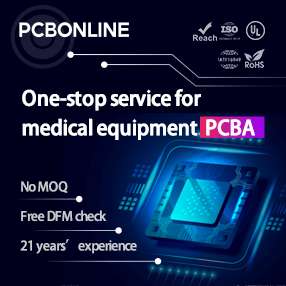The coronavirus pandemic has shaken the world and caused industries worldwide to take drastic measures and take on major shifts to survive the ordeal. As the world’s economy takes a hit and much of society hits a standstill, many companies have taken losses, and there have already been countless unfortunate tales of closures, bankruptcies, and the like. If your business manages to get by now, it would be best to start thinking of different ways to improve your system to prevent such catastrophic conditions from catching up. Innovative technological approaches such as ServiceNowimplementation are great options for businesses that want to improve and already have plans to take on the aftermath of COVID-19.

Of course, as with any plan of action or strategic implementation of new systems, there need to be direct and specific goals to hit to succeed. Here are some factors that will need to come into play when recovery begins.
Digitalization of asset management
It is not to be confused with asset digitization, that involves converting real-world currencies to blockchain tokens, which means improving upon existent processes in business and adapting them to a more tech-savvy solution. Through this, everything that goes into asset management, from planning to execution, can be better realized because of a digital database and platform that allows a more flexible, easy-to-monitor system. It means bringing over your processes into the digital realm.
This way of managing is much more cost-efficient in the long run, plus it lowers the risk of slip-ups and it’s a more future-proof way to keep moving forward.
Increase in employee engagement
Yes, companies have had to downsize and realize what roles are the most essential to keep things going. Because of that, whoever is left to take on the workload is ever more critical. Engagement and satisfaction must be retained if you want to maintain productivity and have good employee retention. Too often, lack of manpower can be the downfall of a good business, and too many turnovers can be a costly situation that can sink a company just as quickly.
Engaged employees outperform others by up to over 200%. If you’re going to be jumping into crunch time in the aftermath of the pandemic, this is the energy you’ll want to cultivate and make use of.
Automation of financial systems
Minimizing error and streamlining essential processes will be one of the priorities that your business needs to attend to after the chaos that is COVID-19. And what is one of the most crucial parts of your operations but the finance department? Many factors in your finances are reoccurring, so a reliable automated system can cut down on a lot of hours without sacrificing security, reliability, and efficiency.
You’ll find that it generates good results in productivity and maximizing time. It can also connect to cloud computing and handle complex processes while keeping records without missing a beat. This is a good reference point to have, as well, when you have to create a financial plan that will dictate your next steps and goals.;
Improved digital security
Since the new normal has created a demand for remote work and connectivity, there is a higher need for proper digital security. Many sensitive assets are now reliant on online platforms and cloud computing so that businesses can work in real time despite having members in separate locations. Part of the management improvement needs to focus on digitalization and how to make this more secure as it becomes a bigger component of running a business. Work needs to be done, so security should be the last worry on anyone’s mind when trying to get the day’s deliverables done.;
More in-depth crisis management
If this pandemic has shown the world of business anything, it’s that there is a stark need for better crisis management to prepare businesses for dire situations like this, prolonged pauses in income streams, and needing alternative methods that still allow operations to be conducted effectively. Backup plans, contingencies, and response routes should already be laid out amid recovery, as there is no telling what can happen in the future.
The variables are all out there, so preparation is key. Based on surveys, over a fourth of employers are still not confident that they can create a safe workplace for a workforce starting to return. Avoid this pitfall with the right crisis management.
Though these aren’t assurances of smooth recovery, they should be objectives to hit to survive even after all dies down.

